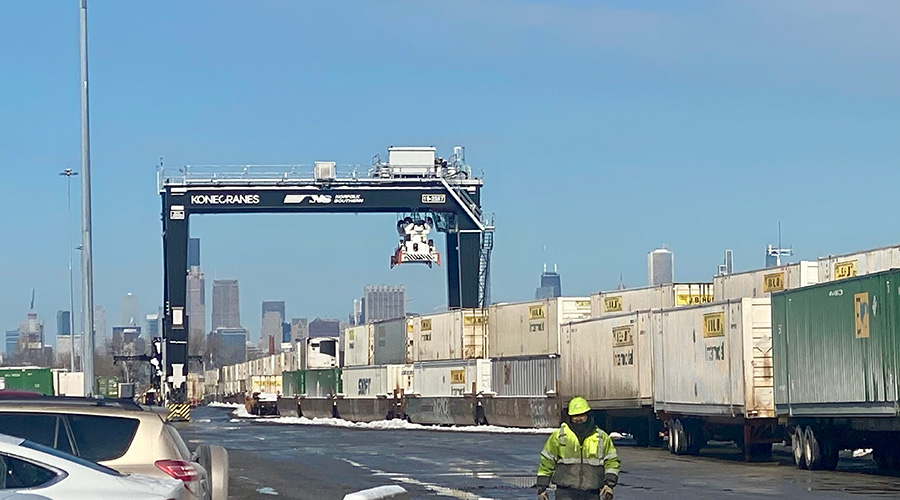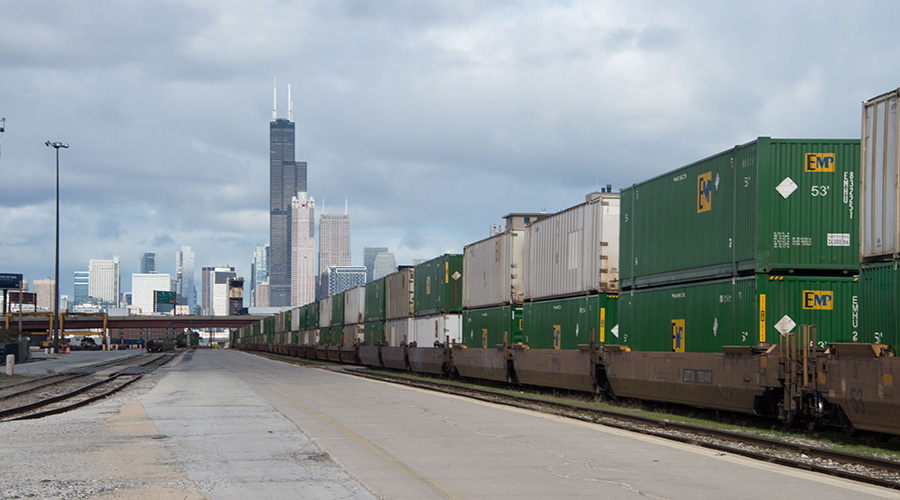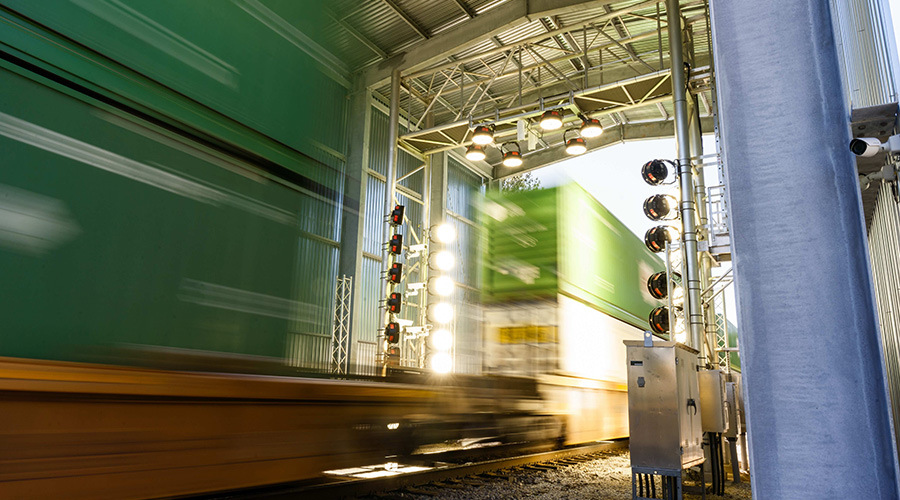NS pursues innovation at intermodal terminals
5/25/2021
By Jeff Stagl, Managing Editor
Norfolk Southern Railway is trying to pick up its pace to lead the rail industry in innovation and build the digital railroad of the future. Mobile applications, artificial intelligence and mathematical models already are helping the Class I enhance safety and increase productivity.
That’s the message NS Chairman, President and Chief Executive Officer James Squires shared during the railroad’s annual shareholders meeting on May 13.
“Having made significant progress in our company’s transformation, technology remains at the center of our strategy,” he said. “We’re paying close attention to the evolving supply chain needs of our customers, using our technological capabilities to improve the customer experience, and better aligning our definition of success with their own.”
Technological advances range from short-term and practical improvements in daily operations to long-term and aspirational “moonshot” projects designed to transform NS and the rail industry, Squires said.
Teetering in the middle — but leaning more toward the long term — is the plethora of innovation NS is embracing at its 47 intermodal terminals. A number of technologies not only are boosting efficiencies at the facilities, they’re helping to make the Class I more attractive to shippers, says Craig Hudson, NS’ vice president of customer operations support.
“Customers have choices. We need to be easy to do business with,” he says.
In that vein, NS is preparing to roll out an upgraded Optimized Terminal Control System (OPTCS) — a fully integrated terminal operation system — at 38 intermodal facilities over the next 18 months. The system is designed to optimize work events, train loading processes and driver on-terminal time, and improve the customer experience.
OPTCS upgrades the components/systems and integrates them to provide terminal and across-terminal views. It integrates the ExpressNS mobile app for drayage companies to minimize on-terminal time; yard management to optimize container moves; load management to optimize the loading of containers on trains; terminal inventory management; and the terminal office.
Everyone at a terminal uses some aspect of OPTCS, from tablets/devices in cranes and hostlers to office management systems. The upgraded OPTCS currently is in operation at NS’ terminal in McCalla, Alabama, and is slated to go live at the Kansas City, Missouri, terminal in June.
 The Class I is exploring the possibility of employing all-electric equipment at its intermodal terminals.Credit: Norfolk Southern Railway
The Class I is exploring the possibility of employing all-electric equipment at its intermodal terminals.Credit: Norfolk Southern Railway“We have worked on OPTCS for five years and have delivered it in pieces, and this is the biggest piece,” says Hudson. “It ties it all together, such as with easier gate access, mobile apps and more efficient load planning.”
NS also is shifting from traditional diesel hydraulic cranes to diesel-electric hybrid cranes at a number of terminals. The high-tech hybrids reduce carbon emissions, cut fuel costs, need fewer repairs and have less down time compared with conventional diesel cranes.
“The hybrid cranes are quieter and more sustainable,” says Hudson.
Earlier this year, NS ordered five hybrid rubber-tired gantry cranes from Konecranes. During normal usage, the cranes draw power from a battery; during peak usage, they gain power from the battery and a diesel generator. Energy from braking is stored to recharge the battery.
Five of the hybrids now are in operation at NS’ 47th Street intermodal facility in Chicago. Each crane is expected to save about 22,000 gallons of diesel fuel per year, or 440,000 gallons over their 20-year lifespan.
After NS converts a total of 68 cranes at its terminals, fuel savings could reach 1.5 million gallons annually, which translates to 222 metric tons of emissions per year per crane.
The Class I also is converting three hydraulic cranes to diesel-electric hybrids at its Greensboro, North Carolina, yard as part of a pilot project. The rebuilds cost 40% to 60% of the price to purchase a new hybrid crane.
Besides adopting hybrid cranes, NS is exploring the possibility of employing all-electric equipment at intermodal terminals, Hudson says. The Class I also is analyzing non-stop gates that would automate all in- and out-gate processes to reduce truck dwell time.
Moreover, the railroad is seeking ways to better manage its chassis fleet. To that end, sensors will be installed on chassis later this year.
“Then we’ll know where they are and how customers use them, and we can better plan the fleet,” says Hudson.
NS’ concerted effort to embrace technological advances at terminals is expected to continue.
“We want to be more advanced,” says Hudson. “We as an industry need to make rail more attractive to customers as the top modal choice, and prove the value of freight rail in general.”


